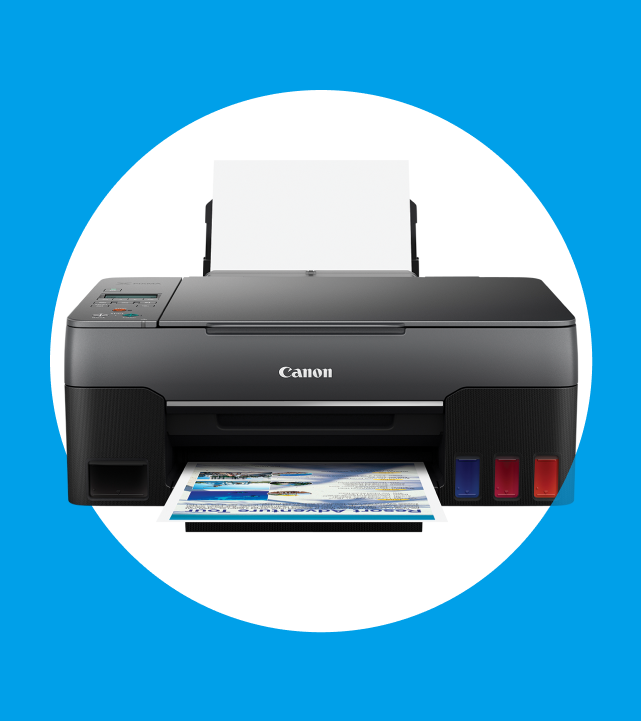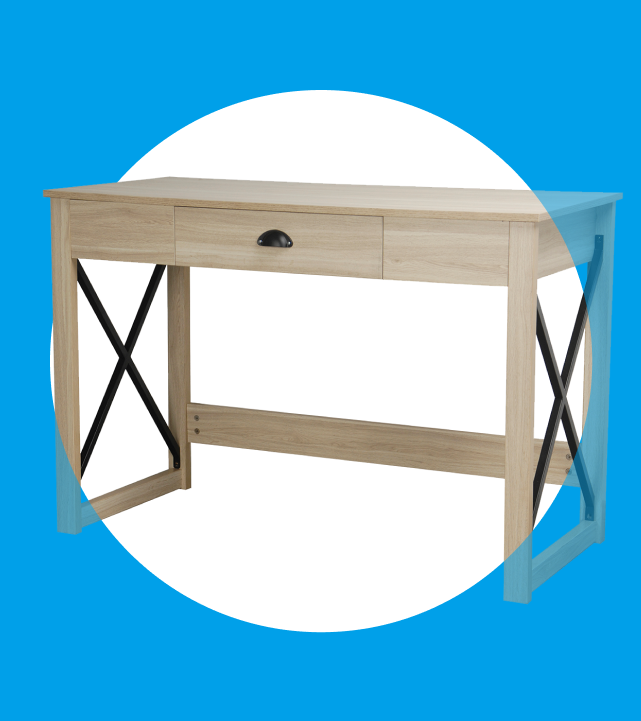GROWING PAINS
Measuring success on social media
At Warehouse Stationery, we take an experimental approach to social media. If you’re using it for your business, or are considering using it, I strongly recommend you do the same.
I mentioned the importance of social media experimentation in an earlier blog, Seven Steps for Social Media Success. This article covered a lot of ground, outlining how to:
- decide on what social media is best for your business;
- set SMART (specific, measurable, achievable, relevant and time-bound) goals;
- create, post and promote great content;
- attract and engage followers; and
- measure and evaluate your business’s performance.
This blog provides more detail on the last topic and links to great resources you can check out. It’s particularly useful if you sell through your website as I look at measuring ROI from social. In any case, use it as a toolkit you can dig into when you’re setting up, using and/or evaluating your social media channels and campaigns.
Try before you buy
Another reason to experiment is because things are always changing in the social media world. What works now may not work so well in three months, for a host of different reasons, including cultural trends, shifts in the make-up of your target audience, and changes to social media platform functionality.
The good news is that social media platforms are made for experimentation. For example, if you wanted to do a series of paid Facebook posts, once you have set your budget it doesn’t cost any more to publish different versions to see which one performs best (called Split Testing). Of course, it takes more time to prepare more than one version, but you’ll know that you’re backing the strongest horse when you spend more money to promote it.
If you’re starting out on social media, experimenting is the best way to build performance benchmarks for evaluating ongoing success.
Over time, you’ll get a feel for what results to expect, and learn the types of posts, content and imagery, and calls to action that most appeal to your target audience. Also, if post performance starts to dip, you’ll notice this and be able to respond.
Set yourself up for success
Obviously, experimentation is only useful when you can monitor, measure and evaluate the results. This means setting things up right before you start publishing (as an experiment, naturally!).
So what metrics should you track? It depends on your goals. And what goals should I have, you ask?
Focus on four groups of people:
- Those who could actually become customers (i.e. not absolutely everyone. Social media platforms enable you to target particular groups. Base initial targets on what you know about the make-up of your current customer base, but keep the parameters wide initially.)
- Those who then engage with you on social media
- Those who become interested in purchasing
- Those who become real-life customers (i.e. via online purchases)
The corresponding goals for each group would be something like:
- Reaching people who could become customers (i.e. your qualified social media audience)
- Having a positive, meaningful engagement with your qualified audience
- Generating leads from those people in your audience
- Converting leads into online customers
The respective key metrics you would measure are:
- Reach – e.g. post reach, number of followers of your page
- Engagement – e.g. post views, clicks, likes, comments and shares
- Leads – e.g. number of people who come to your website from social media
- Conversion – e.g. number of leads from social media who become customers
Measure return on investment
It’s helpful that the metrics to monitor depend on your goals because there are so many metrics available for each social media platform, and it’s easy to get overwhelmed.
As a rule of thumb, I’d recommend focusing on one or two metrics for each goal.
Importantly, although reach and engagement metrics are readily available on the social media platforms, lead and conversion metrics are not as accessible. For example, Facebook’s Platform Insights shows – among other things – page likes, post reach and engagement, as well as how paid and organic posts have performed. But you can only see your leads or conversions if you have your e-commerce platform set up to pick up traffic and sales directly from social via a pixel. You can read more about that here.
This is where tools such as Google Analytics may be required initially, in combination with the social media platforms. Although it can’t collect all the data you may require, it can give you a sense of traffic and any last-click sales you may have received via your social channels. This will help create benchmarks to measure against until you have a pixel or even e-commerce set up in your social channels.
For more information and guidance on this:
- Entrepreneur.com has a good overview and lists free and paid-for tools you can use.
- Buffer provides a “Delightfully Short Guide to Social Media ROI,” which includes a formula for measuring it.
- Social Media Examiner has a great ‘how-to’ article on using Facebook and Google Analytics in particular to measure social media ROI.
Note that setting up Google Analytics requires some technical work. If you’re not tech-savvy then it might be better to get a search engine expert to help. Our website design and online marketing partner, Zeald, would be more than happy to talk to you about this.
Alongside setting goals and the related metrics to measure, you’ll need to record and produce reports on how things are going. Smartsheet provides a comprehensive range of free and easy-to-use social media templates for Excel. Buffer also has free Excel and Google Docs templates you can check out.
Give it a go
As you’ll have gathered by now, all this planning and set up takes time, on top of scheduling posts, creating content for them, and publishing and promoting them.
Your current and future customers almost certainly use social media. Your competitors are likely to be there too, building awareness, attracting prospects, strengthening relationships with customers, and even making sales.
So I urge you to consider giving social media a go and dedicating time to it – especially on planning. I have always found that the better the plan, the easier the execution.
Finally, people often ask me questions like, “What metric should I set for reach or the number of likes?” My response is, as you might expect, “Experiment.” As I said above, this is a great way to set a benchmark for your initial metrics, specific to your unique audience. (Also, check how your competitors’ posts are performing and aim to better them.)
Experimentation is the best way to continue using social media too. Now go post, track, measure, evaluate, innovate and improve. And good luck!



